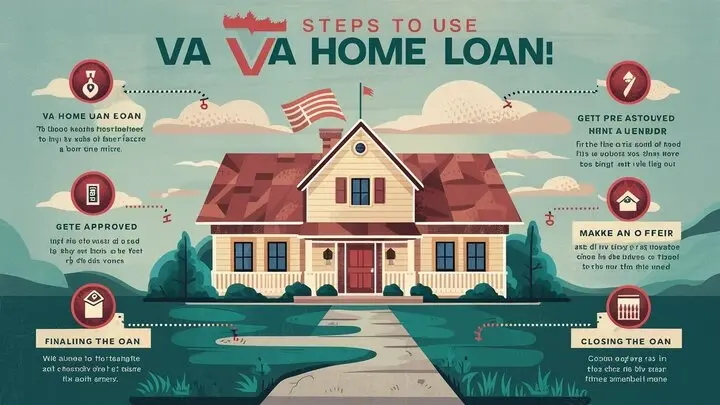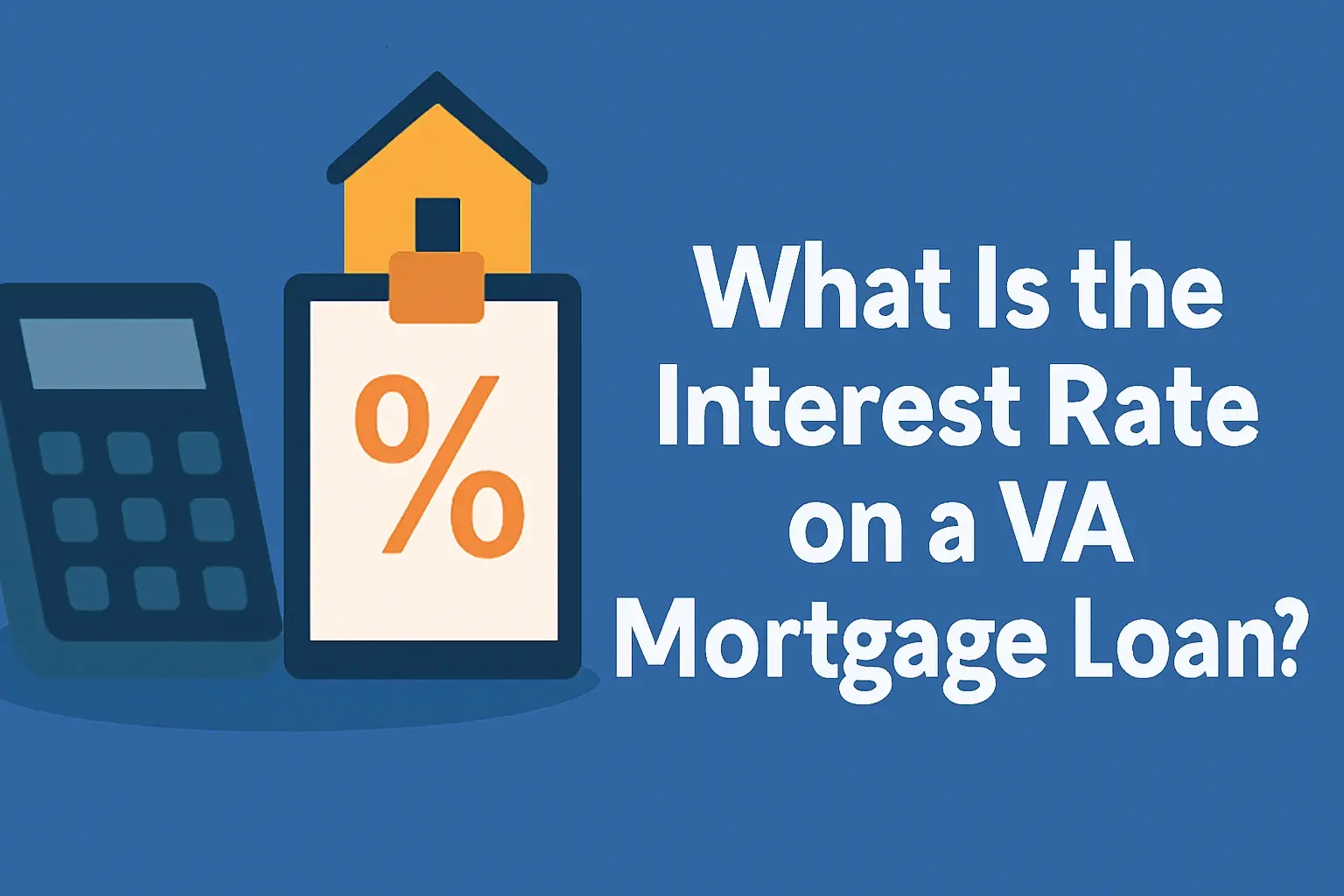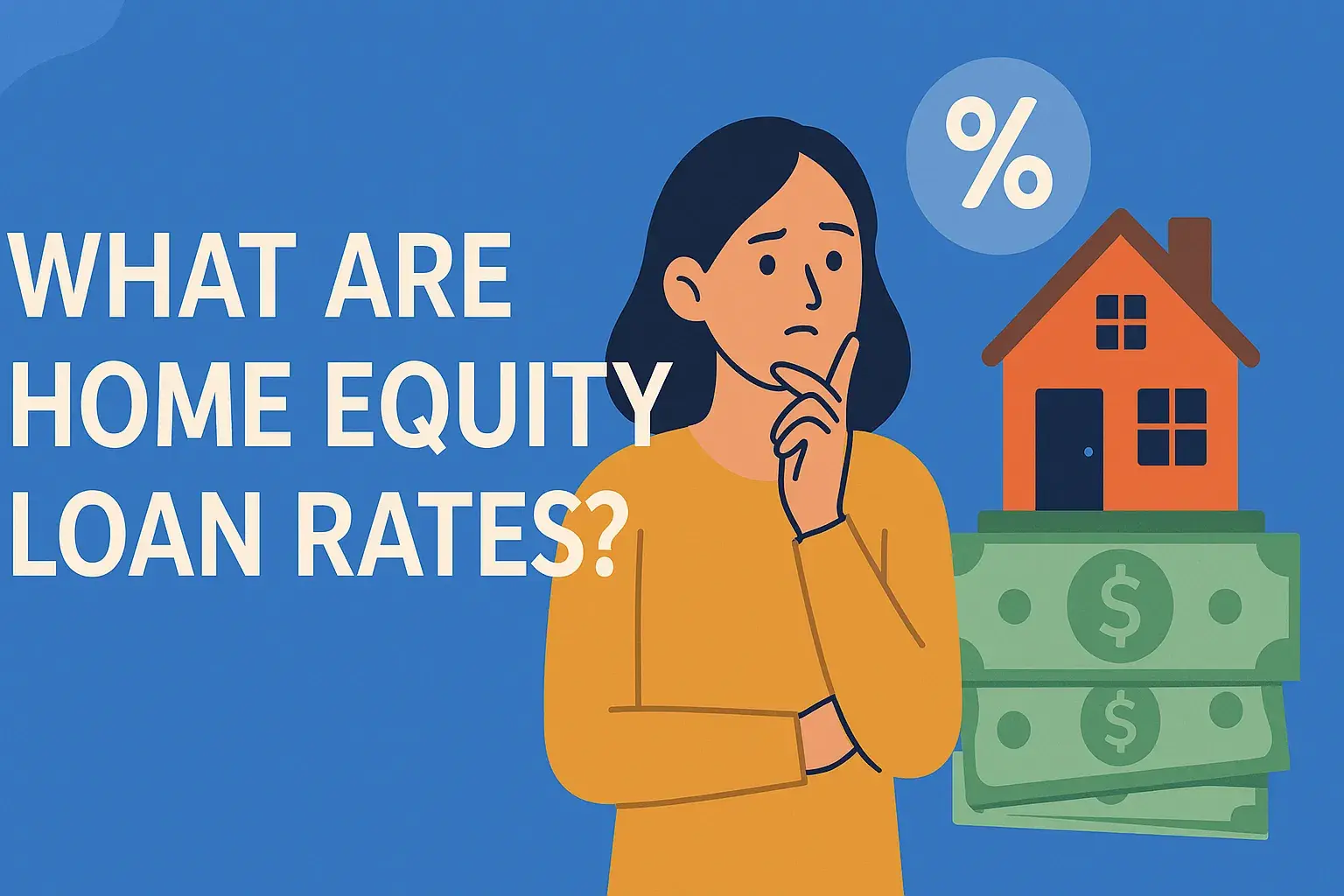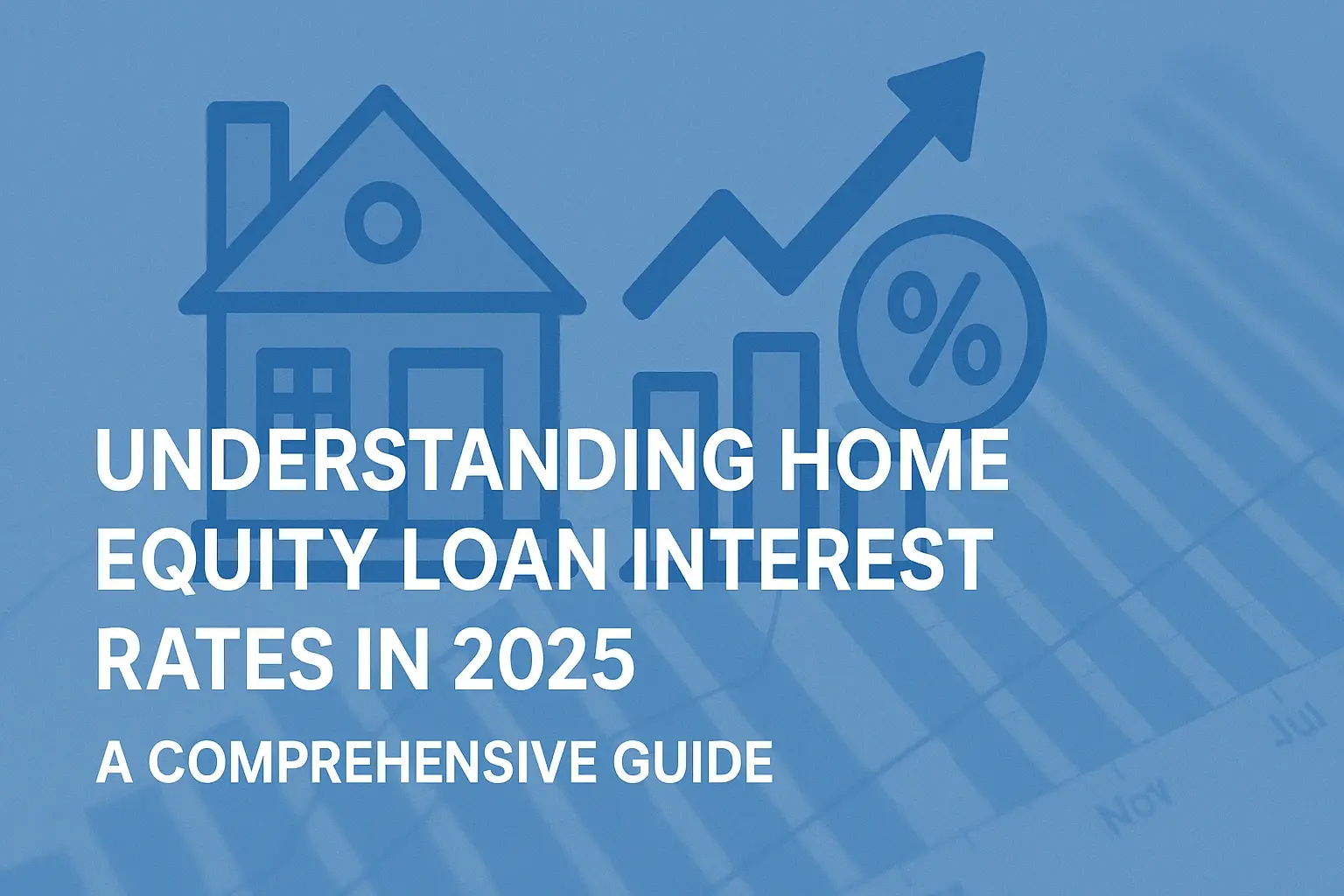-
Posted on: 23 Aug 2024

-
Navigating the VA home loan process can seem complex, but understanding its benefits and steps unlocks significant homeownership opportunities for eligible veterans. This guide provides a comprehensive roadmap on how to effectively use your VA home loan, from initial eligibility to closing the deal, ensuring you maximize this valuable benefit.
What is a VA Home Loan?
A VA home loan is a unique mortgage benefit offered by the U.S. Department of Veterans Affairs (VA) to eligible active-duty military personnel, veterans, and surviving spouses. These loans are not directly issued by the VA but are guaranteed by them, significantly reducing the risk for private lenders. This guarantee allows lenders to offer more favorable terms, such as no down payment requirements and competitive interest rates, making homeownership more accessible for those who have served the country.
Who is Eligible for a VA Home Loan?
Eligibility for a VA home loan is primarily determined by your service history. The VA has specific requirements for different service eras and types of service. Generally, to qualify, you must meet one or more of the following criteria:
Active-Duty Service Members
If you are currently serving on active duty, you are typically eligible after completing a continuous period of service. The required service period varies:
- 90 consecutive days during wartime.
- 181 consecutive days during peacetime.
Veterans
For veterans, eligibility is based on their service length and discharge status. The general requirements are:
- 90 consecutive days of active service during wartime.
- 181 consecutive days of active service during peacetime.
- More than six years of service in the National Guard or Reserves (under certain conditions, such as activation for federal service).
- Discharge must be honorable. Certain other discharge types may also qualify.
Surviving Spouses
Unremarried surviving spouses of service members who died in service or as a result of a service-related disability may also be eligible. This eligibility is often referred to as the "survivor's entitlement."
Other Considerations
It's important to note that while the VA guarantees the loan, you still need to qualify with a private lender based on your credit score, income, and debt-to-income ratio. The VA does not set minimum credit score requirements, but most lenders do, typically ranging from 580 to 660 or higher.
How to Obtain a VA Loan Certificate of Eligibility (COE)
The Certificate of Eligibility (COE) is a crucial document that proves to lenders that you meet the VA's service requirements for a VA loan. It assures the lender that the VA will guarantee a portion of the loan, which is essential for securing the loan with favorable terms.
Methods for Obtaining a COE
There are several ways to obtain your COE:
- Online (eBenefits Portal): This is the fastest and most common method. You can apply online through the VA's eBenefits portal. If your service data is readily available in VA's system, you may receive your COE within minutes.
- Through Your Lender: Many mortgage lenders who offer VA loans are equipped to help you obtain your COE as part of the loan application process. They can often submit the application on your behalf.
- By Mail: You can download and complete VA Form 26-1880, "Request for a Certificate of Eligibility," and mail it to the VA Loan Eligibility Center. This method takes longer than online applications.
Required Documentation
Regardless of the method you choose, you will generally need to provide documentation to support your eligibility. This typically includes:
- DD Form 214 (Certificate of Release or Discharge from Active Duty): This is the most common document for veterans.
- NGB Form 22 (Report of Separation from the National Guard): For National Guard members.
- Orders and Pay Stubs: For active-duty service members or those with recent active service.
- Marriage Certificate and Death Certificate: For surviving spouses, along with proof of the service member's death and its service connection.
Having your COE ready before you start seriously house hunting can significantly streamline the process and give you a clear understanding of your borrowing power.
The VA Loan Process: A Step-by-Step Guide
Using your VA home loan involves several distinct stages. Understanding each step can help you navigate the process smoothly and avoid common pitfalls.
Step 1: Determine Your Eligibility and Obtain Your COE
As discussed above, this is the foundational step. Confirm you meet the service requirements and secure your COE. This document is your golden ticket to VA loan benefits.
Step 2: Get Pre-Approved by a VA-Approved Lender
Once you have your COE, the next crucial step is to get pre-approved for a mortgage. This involves a lender reviewing your financial information, including your credit history, income, assets, and debt-to-income ratio. Pre-approval gives you a clear understanding of how much you can borrow and strengthens your offer when you find a home.
Key factors lenders assess:
- Credit Score: While the VA doesn't set a minimum, most lenders require a score of 580 or higher. A higher score often leads to better interest rates.
- Income and Employment Stability: Lenders want to see a consistent income stream.
- Debt-to-Income Ratio (DTI): This measures your monthly debt payments against your gross monthly income. The VA generally allows higher DTIs than conventional loans.
- Assets: Lenders will look at your savings and other assets.
Step 3: Find a Real Estate Agent and Start House Hunting
A real estate agent experienced with VA loans can be invaluable. They understand the specific requirements and appraisal standards associated with VA properties. Work with your agent to find homes that meet your needs and budget. Remember, VA loans have specific property requirements to ensure the home is safe, sanitary, and structurally sound.
Step 4: Make an Offer and Enter into a Purchase Agreement
Once you find a home, you'll work with your agent to make an offer. Your offer will typically include the purchase price, closing date, and any contingencies (such as financing or inspection). If the seller accepts, you'll have a binding purchase agreement.
Step 5: The VA Appraisal
The VA requires a specific appraisal process to ensure the property meets Minimum Property Requirements (MPRs). These MPRs cover aspects like structural integrity, roofing, plumbing, electrical systems, and safety features. The VA appraisal protects both you and the VA by ensuring the home is a sound investment and a safe place to live. If the appraisal comes in lower than the purchase price, you may be able to renegotiate the price with the seller or, if the contract allows, walk away from the deal.
Step 6: Home Inspection
While not mandated by the VA, a home inspection is highly recommended. A professional inspector will examine the home's condition, identifying any potential issues that might not be apparent during a standard appraisal. This is your opportunity to uncover problems that could lead to costly repairs down the line.
Step 7: Underwriting and Final Loan Approval
After the appraisal and inspection, your loan file goes to the lender's underwriter. The underwriter reviews all documentation, including your COE, credit report, income verification, appraisal, and title report, to give final approval for the loan. This stage can involve requests for additional documentation.
Step 8: Closing
This is the final step where ownership of the property is transferred to you. You'll sign all the necessary loan documents, pay your closing costs and any remaining down payment (though often none is required with a VA loan), and receive the keys to your new home. The VA funding fee, if applicable, is also typically handled at closing.
Understanding VA Loan Limits in 2025
A significant advantage of VA loans is that, for most eligible borrowers, there are no loan limits imposed by the VA. This means that with full entitlement, you can borrow as much as a lender is willing to lend based on your financial qualifications, without being restricted by VA-set maximums. However, this wasn't always the case, and understanding the concept of entitlement is key.
Full Entitlement vs. Reduced Entitlement
Historically, the VA guaranteed a portion of the loan, and this guarantee was limited. If you borrowed more than a certain amount, you might have had "reduced entitlement," which meant you would need a down payment. The VA has since removed entitlement limits for most borrowers who have not previously used their VA loan benefit or who have paid off a previous VA loan.
What if You Have Used Your Entitlement Before?
If you have previously used your VA loan benefit and still have an active VA loan, or if you have defaulted on a previous VA loan, your entitlement may be reduced. In such cases, the VA will guarantee a portion of the loan up to a certain limit. For 2025, this limit is generally tied to the conforming loan limits set by the Federal Housing Finance Agency (FHFA) for conventional mortgages. For a single-family home in most of the U.S. in 2025, this limit is expected to be around $766,550. If you need to borrow more than this amount, you may be required to make a down payment.
The VA Funding Fee
While VA loans offer great benefits, most borrowers are required to pay a one-time VA funding fee. This fee helps the VA keep the program running and reduces the cost to taxpayers. The fee varies depending on your service type, whether it's your first time using the benefit, and if you make a down payment. For example, in 2025, the funding fee for a regular military veteran using the benefit for the first time without a down payment is typically 2.15% of the loan amount. This fee can be financed into the loan or paid at closing.
Certain veterans, such as those receiving VA compensation for service-connected disabilities, are exempt from paying the funding fee.
Key Benefits of Using a VA Loan
The VA home loan program is one of the most valuable benefits available to service members and veterans. Its advantages significantly differentiate it from conventional mortgage options.
No Down Payment Required
Perhaps the most attractive benefit is the ability to finance 100% of the home's value. This means no down payment is required for most eligible borrowers with full entitlement, freeing up your savings for other expenses or investments.
Competitive Interest Rates
The VA guarantee reduces risk for lenders, allowing them to offer lower interest rates compared to conventional loans. Even a small difference in interest rates can save you tens of thousands of dollars over the life of the loan.
No Private Mortgage Insurance (PMI)
Unlike conventional loans with less than 20% down payment, VA loans do not require Private Mortgage Insurance (PMI). PMI is an added monthly cost that protects the lender. Eliminating PMI saves you hundreds of dollars each month.
Limited Closing Costs
The VA limits the closing costs that lenders can charge borrowers. Some of these costs can even be paid by the seller, further reducing your out-of-pocket expenses at closing.
No Prepayment Penalties
You can pay off your VA loan early or make extra payments without incurring any penalties. This provides flexibility if you want to pay down your mortgage faster.
Assumable Loans
VA loans are assumable, meaning a future buyer can take over your existing VA loan, including its interest rate, provided they are also eligible for a VA loan. This can be a significant selling point when you decide to sell your home.
VA Loan Limits (No Limit for Full Entitlement)
As mentioned, with full entitlement, there are no VA loan limits, allowing you to purchase more expensive homes without a down payment, provided you qualify with the lender.
Home Loan Guarantee
The VA guarantees a portion of the loan, protecting lenders and making it easier for veterans to secure financing, even with less-than-perfect credit histories (though lenders will still have their own requirements).
Common Misconceptions About VA Loans
Despite the program's significant advantages, several myths and misunderstandings persist about VA home loans. Addressing these can help potential borrowers make informed decisions.
Misconception 1: "VA Loans Are Only for First-Time Homebuyers."
Reality: This is false. While many veterans use their VA loan benefit for their first home, you can use it multiple times throughout your life, provided you have remaining entitlement. This includes purchasing a new home after selling a previous one, or even buying a second property.
Misconception 2: "VA Loans Are Difficult to Get or Have Strict Requirements."
Reality: While lenders have underwriting standards, the VA loan program is designed to be accessible. The absence of PMI and no down payment requirement often make it easier to qualify than conventional loans. The VA's guarantee makes lenders more willing to work with borrowers. While lenders have credit score requirements, they are often more flexible than for conventional loans.
Misconception 3: "VA Appraisals Are Too Strict and Prevent Home Purchases."
Reality: VA appraisals focus on Minimum Property Requirements (MPRs) to ensure the home is safe, sanitary, and structurally sound. These standards are in place to protect both the veteran and the VA. While some homes may not pass initially, repairs can often be made to meet the MPRs, allowing the loan to proceed.
Misconception 4: "You Must Have a Perfect Credit Score to Get a VA Loan."
Reality: The VA itself does not set a minimum credit score. However, lenders do. While many lenders prefer scores of 620 or higher, some may approve borrowers with scores as low as 580, especially if other financial aspects are strong. The VA guarantee can help lenders be more lenient.
Misconception 5: "VA Loans Take Much Longer to Close Than Conventional Loans."
Reality: While the process can sometimes take a bit longer due to the VA appraisal and specific documentation, with efficient lenders and prepared borrowers, VA loan closings can be just as fast as conventional loans. Online COE applications and digital mortgage platforms have significantly sped up the process.
Misconception 6: "The VA Funding Fee is a Tax."
Reality: The VA funding fee is not a tax; it's a one-time fee paid to the VA to help keep the loan program operational and reduce the cost to taxpayers. It can often be financed into the loan, meaning you don't pay it out-of-pocket at closing.
VA Loan vs. Conventional Loans: A Comparison
Understanding the differences between a VA loan and a conventional loan is crucial for making the best choice for your homeownership journey. Here's a comparison highlighting key features:
Feature VA Loan Conventional Loan Down Payment 0% required for most eligible borrowers with full entitlement. Typically 3% to 20% or more required. Less than 20% usually requires PMI. Private Mortgage Insurance (PMI) Not required. Required for down payments less than 20%. Can be costly. Interest Rates Generally lower due to VA guarantee. Vary based on market conditions, credit score, and down payment. VA Funding Fee Required for most borrowers (can be financed). Exempt for some. No equivalent fee. Origination fees apply. Credit Score Requirements No VA minimum; lenders typically require 580+. Generally higher, often 620+. Loan Limits No limit for full entitlement; lender limits apply. Set by FHFA, varies by county. Assumability Yes, under certain conditions. Generally not assumable. Closing Costs Limited by VA regulations; some can be paid by seller. Can be higher and more varied. Property Requirements Must meet VA Minimum Property Requirements (MPRs). Standard appraisal requirements; less stringent on safety/sanitation. As the table illustrates, VA loans offer substantial financial advantages, particularly the absence of a down payment and PMI, making them a powerful tool for eligible veterans.
Tips for a Smoother VA Loan Experience
While the VA loan program is beneficial, a little preparation and knowledge can make your experience even smoother. Here are some expert tips:
1. Work with a VA-Experienced Lender and Agent
Not all lenders and real estate agents are equally familiar with VA loans. Seek out professionals who have a proven track record with VA transactions. They will understand the nuances of the VA appraisal process, COE requirements, and specific closing procedures, saving you time and potential headaches.
2. Get Your COE Early
Don't wait until you've found a house to start on your COE. Apply for it as soon as you know you want to use your VA benefit. An online application through eBenefits is usually the fastest way.
3. Be Prepared for the VA Appraisal
Understand the VA's Minimum Property Requirements (MPRs). These ensure the home is safe, sanitary, and structurally sound. If the appraisal identifies issues, discuss with your agent and lender how to address them. Sometimes, sellers are willing to make repairs, or you might be able to negotiate a lower price.
4. Understand the VA Funding Fee
Know the current funding fee percentage for your situation and decide whether you want to finance it into your loan or pay it at closing. If you are exempt from the fee, have your documentation ready to provide to the lender.
5. Maintain Good Credit and Financial Habits
While VA loans can be more lenient, lenders still assess your creditworthiness. Continue to pay bills on time, manage your debt, and avoid opening new lines of credit during the loan process. This will help you secure the best possible interest rate.
6. Be Responsive to Your Lender
The loan process involves a lot of documentation. Respond promptly to any requests for information from your lender. Delays in providing documents can slow down your closing timeline.
7. Consider the Long-Term Costs
While a VA loan offers significant upfront savings, remember to factor in ongoing costs like property taxes, homeowners insurance, and potential HOA fees. These are costs you'll incur with any home purchase.
8. Don't Be Afraid to Ask Questions
The VA loan process can seem complex. Don't hesitate to ask your lender, agent, or the VA directly any questions you have. Understanding each step will empower you and reduce anxiety.
What Can You Buy with a VA Loan?
VA loans are versatile and can be used to purchase a variety of residential properties, provided they meet VA standards and are intended as your primary residence.
Primary Residences
The most common use of a VA loan is to purchase your primary home. This means you intend to live in the property as your main residence.
Eligible Property Types
VA loans can be used for:
- Single-Family Homes: Detached houses are the most common purchase.
- Condominiums: The condominium project must be VA-approved. The VA has specific requirements for condo project approval to ensure the project is financially sound and well-managed.
- Townhouses: Similar to single-family homes, but attached.
- Manufactured Homes: The VA has specific guidelines for manufactured homes, which must be permanently affixed to land and meet certain construction standards.
- Multi-Unit Dwellings: You can purchase a property with up to four units (e.g., a duplex, triplex, or fourplex) as long as you occupy one of the units as your primary residence. The rental income from the other units can help offset your mortgage payment.
Properties Not Eligible for VA Loans
Generally, VA loans cannot be used for:
- Investment Properties: Homes you do not intend to live in.
- Second Homes: Vacation homes or properties you use only part-time.
- Commercial Properties: Buildings primarily used for business purposes.
The VA's focus is on helping veterans secure a place to live. Therefore, the property must be your primary residence at the time of purchase.
Refinancing Your Home with a VA Loan
The VA loan benefit extends beyond purchasing a home; it also offers excellent refinancing options for existing homeowners, including veterans and non-veterans alike.
VA Streamline Refinance (Interest Rate Reduction Refinance Loan - IRRRL)
This is the most popular VA refinance option for those who already have a VA loan. It's designed to help veterans lower their interest rate and monthly payments.
- Benefits: Requires minimal paperwork, no appraisal or credit underwriting in most cases, and no down payment. It can also be used to refinance from an adjustable-rate mortgage to a fixed-rate mortgage.
- Requirements: You must currently have a VA loan. The refinance must result in a tangible benefit to you, such as a lower interest rate.
Cash-Out Refinance
If you have equity in your home, a VA cash-out refinance allows you to borrow more than you owe and receive the difference in cash. This can be used for home improvements, debt consolidation, education expenses, or other needs.
- Benefits: Offers competitive interest rates and no down payment requirement for the loan amount (up to 90% of the home's value). It can also be used to refinance non-VA loans into a VA loan, allowing you to take advantage of VA benefits like no PMI.
- Requirements: You must be eligible for a VA loan. The property must meet VA MPRs. A full appraisal and credit underwriting are typically required.
VA Home Loan for Non-Veterans
While the primary benefit is for veterans, non-veterans can assume an existing VA loan if they are purchasing a home from a veteran who has a VA loan. This allows them to potentially benefit from a lower interest rate, though they will need to qualify with the lender and pay the VA funding fee unless the veteran has a disability exemption.
Refinancing with a VA loan can be a powerful financial tool, offering opportunities to save money, access equity, or consolidate debt. It's worth exploring if you are a veteran with a VA loan or considering purchasing a home from a veteran.
Conclusion
Mastering the use of your VA home loan is a strategic advantage for any eligible veteran, active-duty service member, or surviving spouse. By understanding the eligibility requirements, the straightforward Certificate of Eligibility process, and the step-by-step loan journey, you are well-equipped to leverage this exceptional benefit. The absence of a down payment, competitive interest rates, and the elimination of private mortgage insurance translate into significant long-term savings and increased purchasing power. Remember to partner with experienced VA lenders and real estate agents, obtain your COE early, and be prepared for the VA appraisal to ensure a smooth transaction. Whether you're purchasing your first home or looking to refinance, the VA loan program offers unparalleled opportunities for secure and affordable homeownership. Take the time to explore these benefits thoroughly; your service has earned you this incredible advantage.








